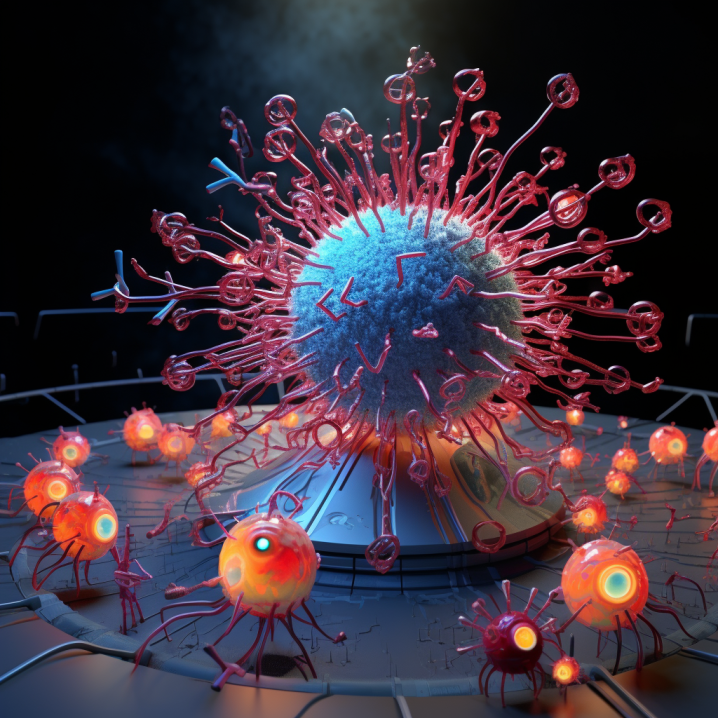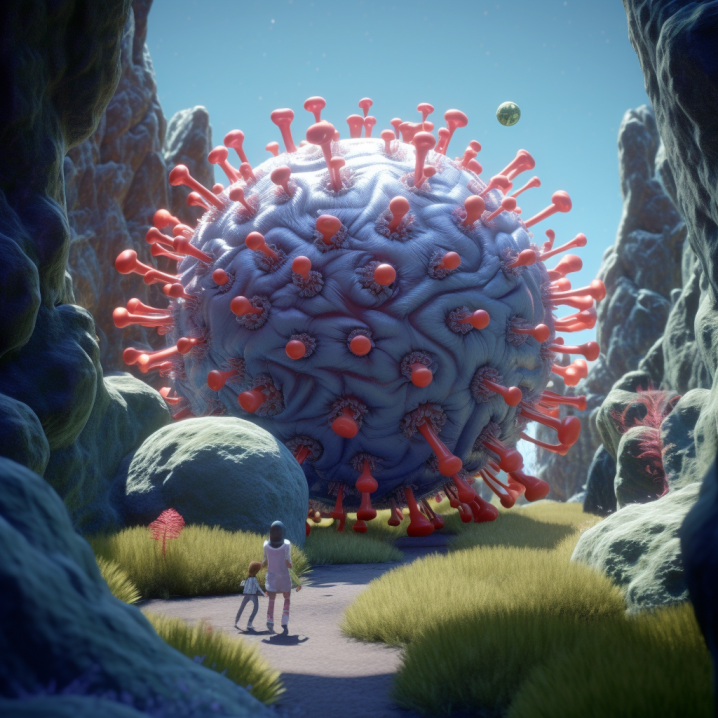Who Was the First Person to Get Aids

Acquired Immunodeficiency Syndrome (AIDS) has been at the forefront of global health concerns since the early 1980s.
Statistics:
- By 2023, over 40 million people worldwide have been affected by this relentless disease [Stat1], with annual new cases still reaching nearly a million.
- The economic cost associated with HIV/AIDS treatments and interventions reached an estimated $26 billion in 2023.
As of now, millions have been affected, and many have succumbed to the disease. But what is AIDS? Who was Patient Zero? In this article, we’ll explore the essentials of AIDS, its symptoms, prevention, treatment, and more.
What Is AIDS?
AIDS stands for Acquired Immunodeficiency Syndrome. It’s a disease caused by the Human Immunodeficiency Virus (HIV). Once a person contracts HIV, their immune system is compromised, making them susceptible to a variety of infections and some types of cancers.
Statistics:
- By 2023, there will be roughly 40.2 million people living with HIV/AIDS globally.
- Around 22% of these individuals remain unaware of their infection, highlighting the persistent challenge of diagnosis.
- Of these, a worrying 30% are individuals under the age of 25.
An alarming statistic suggests that about 1 in 7 of these individuals are unaware of their status, emphasizing the importance of education and testing.
Who Was Patient Zero?
The concept of ‘Patient Zero’ refers to the first individual identified in an outbreak, though not necessarily the first person to have the disease. In the context of the AIDS epidemic in the US, this term was linked with Gaétan Dugas, a Canadian flight attendant. However, recent studies have shown that HIV existed long before Dugas and that he was wrongly blamed. In fact, HIV traces its origins back thousands of years in Central Africa, with the earliest recorded case from the 1920s. Highlighting this fact is critical as it debunks myths surrounding the origin of the disease.
What Are the AIDS Symptoms?
The symptoms of AIDS can vary based on the stage of the disease. Initially, after HIV infection, individuals may experience flu-like symptoms, such as fever or fatigue. As the disease progresses without treatment, severe symptoms can develop. This includes rapid weight loss, pneumonia, and recurrent infections.

Statistics:
- By the end of 2020, AIDS-related illnesses resulted in the deaths of about 690,000 people worldwide. It’s crucial to note that 53% of these individuals had been living in eastern and southern Africa, revealing a geographic disparity in AIDS-related deaths.
- In the initial stages post-infection, 80% of individuals experience flu-like symptoms.
- As the disease advances untreated, severe symptoms manifest in 60% of cases, leading to conditions like pneumonia or tuberculosis.
- AIDS has directly resulted in roughly 720,000 deaths worldwide by 2023.
How to Prevent AIDS
AIDS prevention is primarily centered on preventing HIV transmission. This includes the use of condoms, ensuring safe blood transfusions, and antiretroviral therapy for pregnant mothers with HIV to prevent transmission to their unborn children. Remarkably, global new HIV infections have been reduced by 37% since 2000, showcasing the effectiveness of prevention campaigns. However, despite these efforts, approximately 1.5 million individuals became newly infected in 2020, highlighting the ongoing need for global awareness and prevention measures.
The Treatment of AIDS
Treatment for AIDS revolves around the use of antiretroviral therapy (ART). These medications don’t cure HIV, but they can help people live longer, healthier lives by reducing the viral load in their bodies.
Statistics:
- As of 2020, 73% of all people living with HIV globally were accessing ART, a testament to the global commitment to combating the disease. However, disparities still exist.
- In Western and Central Europe and North America, more than 80% of those with HIV had access to ART, compared to just 64% in Western and Central Africa.
Conclusion
AIDS, caused by the HIV virus, remains a global health concern. From understanding its origin to debunking myths surrounding ‘Patient Zero,’ awareness is crucial. With the right prevention methods and treatments, progress has been made. However, with regional disparities and ongoing new infections, there’s still much work to be done. An informed and proactive global community is the key to continuing the fight against AIDS.
References
- UNAIDS. (2021). Global HIV & AIDS statistics — 2021 fact sheet.
- CDC. (2021). HIV Basics.
- Worobey, M., et al. (2016). 1970s and ‘Patient 0’ HIV-1 genomes illuminate early HIV/AIDS history in North America. Nature, 539(7627), 98-101.
- UNAIDS. (2021). Global HIV & AIDS statistics — 2021 fact sheet.
- AVERT. (2021). Worldwide HIV & AIDS statistics.
- UNAIDS. (2021). Fact Sheet – Global AIDS Update 2021.





